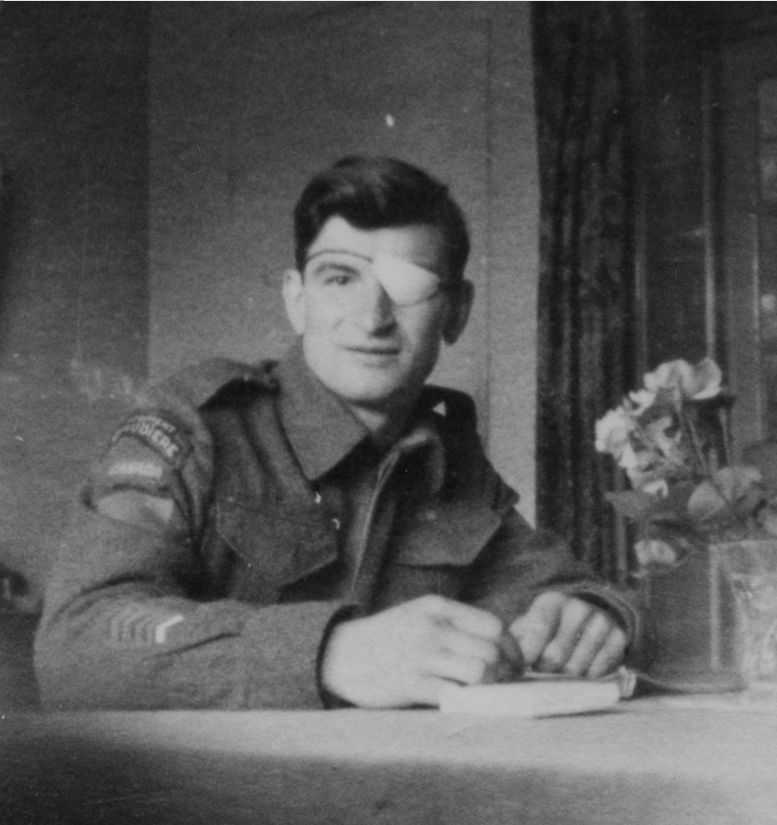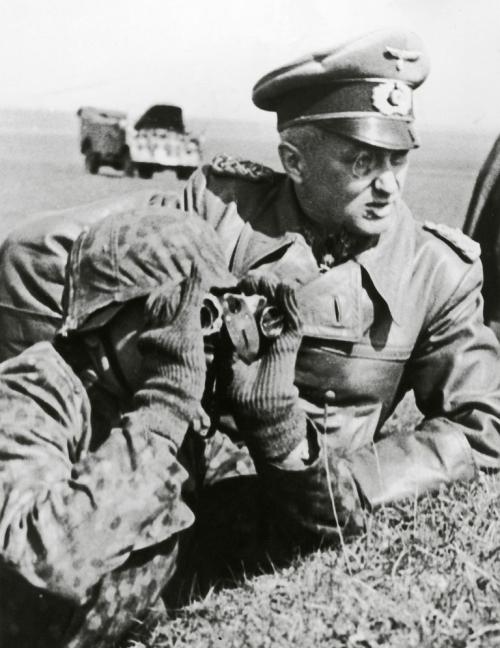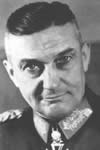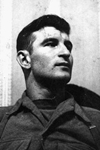Strange Story of H.M.S. Habbakuk
By Francis E. McMurtrie A.I.N.A.
The War Illustrated, Volume 9, No. 230, Page 774, April 12, 1946.
A gigantic aircraft carrier, 2,000 feet long, 300 feet across the beam and 200 feet in depth, was projected as the Was was entering its third year. This floating airfield would have had hangar capacity for 200 Spitfire fighters or 100 Mosquito bombers, complete with every facility in the shape of operational and repair shops, etc. It would have been propelled at a speed of seven knots by Diesel-electric machinery with a normal consumption of 120 tons a day. Fuel capacity for 5,000 tons was to be provided, which would have given the ship a radius of action of 7,000 miles. The complement was to have been 404 officers and 3,216 petty officers and men.
The cost of one such vessel was estimated at not more than £10,000,000, due to the intended use of ice as the main structural material. This idea was put forward by the originator of the project, Mr. Geoffrey Pike, Director of Programmes at Combined Operations Headquarters, and was based on the known difficulties of breaking up icebergs by the use of high explosive. In order that the ice should not melt, 14 per cent of wood pulp was to be mixed with it.
This material was given the name Pykrete, after its inventor. The method of manufacture devised, after various experiments had been carried out in Canada, was to spread a mush, made by mixing mechanical pulp with water, over a flat surface; it was then rolled until a uniform smooth layer three-eighths of an inch thick had been obtained. This being frozen by blowing cold air across it, Pykrete was the result. A total of 1,700,000 tons of this material would have had to be produced in one winter to build a single ship.
Protection Against Melting and Bomb and Underwater Attack
It was intended that one or more of these huge carriers should operate in the North Atlantic, affording permanent protection to convoys. So impressed was Mr. Churchill with the proposal that he commented on it in the following terms: “I attach the greatest importance to the examination of these ideas. The advantages of a floating island or islands, if only used as refuelling depots for aircraft, are so dazzling that they do not at the moment need to be discussed. There would be no difficulty in finding a place to put such a stepping stone in any of the plans of war now under consideration. The scheme is only possible if we let nature do nearly all the work for us, and use as raw material sea-water and low temperature. The scheme will be destroyed if it involves the movement of very large numbers of men and heavy tonnage of steel or concrete to the remote recesses of the Arctic night.” It was at the Prime Minister's suggestion that the scheme was christened Habbakuk.
Being built of 40-foot blocks of Pykrete, the interior of the structure would have been given complete immunity from any known form of air or underwater attack. The Pykrete was to have been protected from melting or erosion by an insulating skin though enough to withstand normal weather conditions and the battering of the waves. The extent of possible torpedo damage would have been a crater not more than three feet deep and about 20 feet in diameter; while bomb damage, even though the crater might be slightly deeper, would be no more serious in its effects.
All the preliminary work was carried out under the direction of a special Research and Development Committee at Combined Operations Headquarters in this country. In order to test every obstacle, this committee was strengthened by calling in experts in all mattes investigated. Thus there was a scientific advisory panel, concerned primarily with the properties of ice, and an engineering advisory panel, dealing with constructional problems. Prior to the institution of larger scale experiments in Canada, these panels did some very useful work on ice production and the measurement of ice properties in England. During the winter months of 1942-43, research was pushed forward energetically in Canada under the direction of Dr. C. J. Mackenzie, President of the National Research Council of Canada, and the form and general dimensions of the aircraft carrier were outlined. To examine the technical possibilities, the Montreal Engineering Company was brought into consultation.
When the Quebec Conference was held in August 1943 the Chiefs of Staff reported that they saw no use for iceberg ships in operations for the invasion of Europe. It thus became clear that any future use made of the Habbakuk project would be in connexion with the war with Japan, in which case the vessel would need to be constructed on the Pacific coast. Previously it had been planned to build it either at Corner Brook, Newfoundland, or in Seven Islands Bay, Quebec Province. Both these sites were near pulp factories, with deep water close inshore, and an open channel to the sea, besides being in sufficiently high latitude. Otherwise, the ideal site would haven been the Saguenay River; but this was put out of the question by the existence of a shallow bar at its mouth.
The outstanding objection to using ice in the construction of the ship was, of course, its tendency to melt. From the outset it was clear that the larger the vessel, the slower would be its percentage rate of melting; but if the structure was to preserve its essential shape, it was important to prevent any melting at all. This was the object of the external insulating skin, together with an ingenious system of internal refrigerating ducts.
A block model of the vessel was actually constructed during the winter of 1943 at Patricia Lake. Its dimensions were 60 feet long, 30 feet beam and 20 feet depth. A wooden framework carrying the insulation was first constructed on the lake ice, gradually built up with ice blocks, and allowed to sink into the lake. A central hold contained refrigerating engines, which circulated cold air through a series of sheet iron pipes, placed immediately behind the insulation. This model weighed in all about 1,000 tons, and was constructed in about two months by a gang of 15 men. After a few initial difficulties the refrigeration system worked well, and the structure was kept frozen until nearly the end of the ensuing summer.
The Economic Factors Finally Killed this Daring Project
Armament of the ship was to have been restricted to anti-aircraft guns. It was never fully settled whether the aircraft should be parked on deck, limiting their numbers, and leaving them exposed to enemy attack, or be stowed in the hangars, giving rise to the danger of weakening the structure by the necessity of leaving apertures in the deck.
After the Quebec Conference the United States Navy was brought into the investigation. It was then found that the Pacific coast offered little in the way of satisfactory sites. Puget Sound had too warm a climate and Alaska was too remote. The joint board which was studying the question ultimately reported, on December 16, 1943, that the scheme involved such expenditure of effort, particularly on the Pacific coast, that it could not be undertaken without interfering seriously with plans of greater priority. Accordingly the Habbakuk project was finally dropped by the Allied authorities.
Its use in the Atlantic had been largely stultified by the employment of escort carriers in large numbers to attain a similar end. Moreover, the development of aircraft requiring longer and larger runways tended progressively to limit the value of any floating island of practicable size. Finally, and overshadowing everything else, was the economic factor, hinted at in Mr. Churchill's minute already quoted. Though the raw material might be abundant and cheap, the labour have been the major item of cost; and on the basis on man-hours the verdict had to go against the project.
Index
Previous article
Now It Can Be Told! - How Radar Helped Our Field Artillery
A considerable amount of publicity has been given to radar as used for anti-aircraft purposes. It is now possible to reveal how the Ministry of Supply Radar Research and Development Establishment (kno
Next article
His Majesty's Ships - H.M.S. Warspite
Motto: “I Despite the Hard Knocks of War.” There is scarcely a ship in the Royal Navy that is so well known to the public as the 30,600-ton battleship H.M.S. Warspite. Launched at Devonport in







